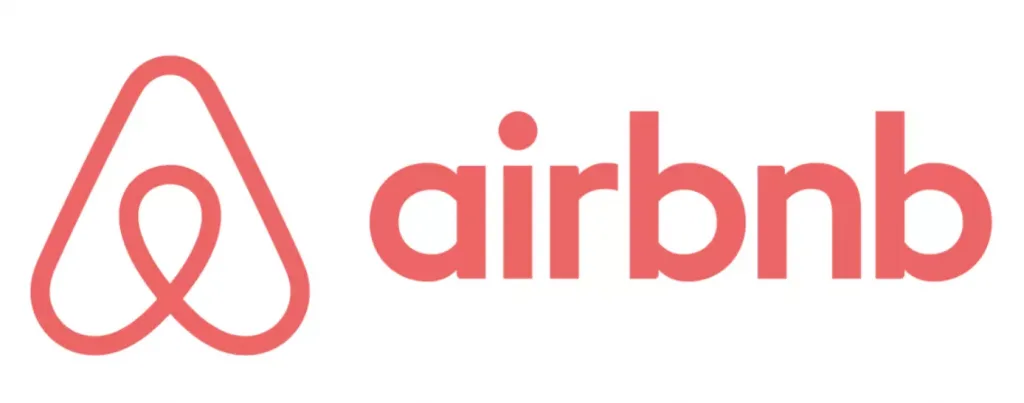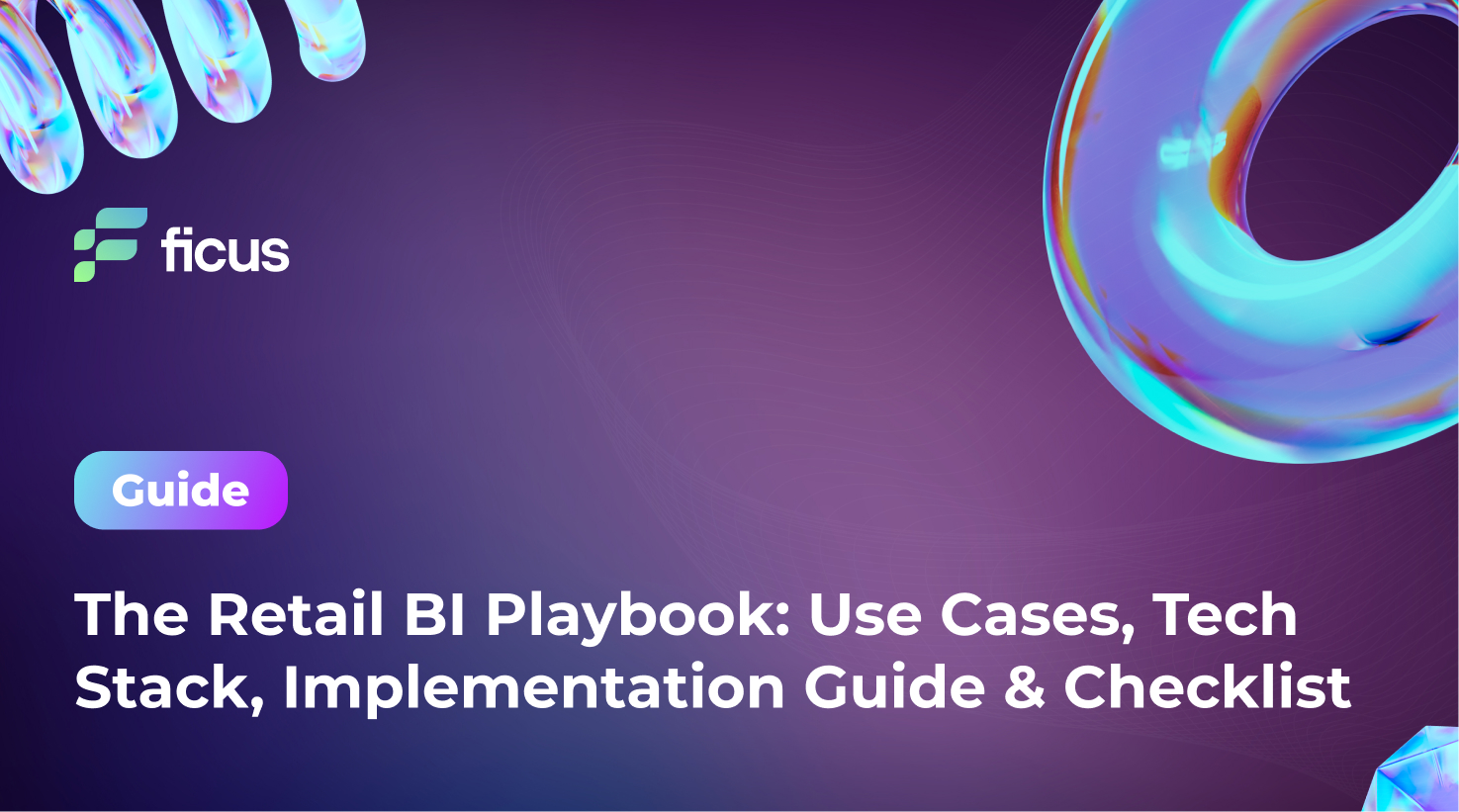Mastering UX design requirements has become increasingly important as user expectations for digital products rise. Effective design requirements guide the creation of intuitive, user-friendly interfaces that increase user satisfaction and business success. Companies prioritizing these requirements can remain competitive by ensuring that their products effectively meet user needs. Furthermore, understanding and applying these principles is crucial for those studying graphic design to create designs that resonate with users and meet industry standards.
- Effective design requirements enhance usability and business success.
- User research and market analysis inform better design decisions.
- Prototyping and testing validate designs and prevent costly mistakes.
What are the Design Requirements?
Design requirements outline the necessary features, capabilities, and characteristics of a product to ensure it meets user needs and business objectives. These requirements form a detailed roadmap that guides the design and development process. This ensures that the final product is user-friendly, accessible, and valuable. By setting clear UX design requirements, designers can create intuitive interfaces that increase user satisfaction and engagement. These requirements cover a range of factors, including usability, performance, and accessibility. They also help maintain consistency across the product, align design efforts with business goals, and identify opportunities for innovation. Well-defined design requirements lead to a more efficient development process and a higher-quality end product.

Why are UX Design Requirements Important?
UX design requirements act as a guiding compass for designers, product managers, and stakeholders, ensuring that every decision is aligned with user needs and business goals. By defining these requirements early, teams can avoid costly redesigns and rework. Building user empathy from the outset helps identify key features, necessary interactions, and problems that the product or service must solve. Effective design requirements lead to intuitive, easy-to-use, and valuable products. They also facilitate clear communication with stakeholders, ensuring everyone works towards a common goal. Prioritizing these requirements improves the overall user experience and ensures that the final product meets user and business expectations.
How to Discover Design Requirements that Best Meet Users’ Needs
Focus on a user-centered approach to identify the design requirements that best meet your users’ needs. This means thoroughly understanding your users’ needs, goals, preferences, and pain points. Here are some effective ways to discover these requirements and ensure that your design meets user expectations:
Do User Research
Conducting user research involves engaging with users through interviews, surveys, questionnaires, and focus groups to gain insight into their needs and motivations. This helps to understand user behaviors, preferences, and pain points, providing valuable qualitative and quantitative data. Incorporating these insights into your UX design requirements ensures that the final product meets user expectations. This user-centered approach helps identify essential features and interactions, making the design more intuitive and effective. Effective user research informs design requirements, resulting in a product that is easy to use and meets the real needs of its target audience, ultimately increasing overall user satisfaction.
Conduct Market Research
Market research involves studying market trends, competitor products, and industry standards to identify opportunities and gaps that your design can address. This research helps to refine design requirements by providing insight into what the market wants and where competitors are falling short. For existing products, market research can identify the conditions necessary for a successful re-launch or re-branding to ensure competitive advantage. Analyzing market data informs your UX design requirements, aligning them with current industry practices and user expectations. By staying attuned to market dynamics, you can create designs that meet user needs and stand out in a competitive landscape, increasing overall product success.
Use User Personas
User personas are fictional characters that represent the ideal users of a product and help designers understand users’ needs, goals, and behaviors. Designers can tailor their products to meet specific user needs by creating personas. By incorporating user personas into your UX design requirements, you can ensure that the final product addresses real user pain points and expectations. These personas provide a clear picture of the target users, guiding design decisions and prioritizing features that resonate with the audience. Incorporating user personas into your design requirements ultimately leads to a more user-centric product, increasing overall user satisfaction and engagement.
Do User Journey Mapping
Creating a user journey map visually represents how users interact with a product or service. This helps to identify pain points and opportunities for improvement throughout the user experience. By incorporating journey mapping into your UX design requirements, you can pinpoint where users encounter difficulties and determine how to improve their experience. This approach ensures that your design is aligned with users’ needs and expectations, resulting in more intuitive and satisfying interactions. Incorporating these insights into your design requirements will result in a product that addresses real user challenges, improving usability and overall satisfaction while guiding the development process toward a user-centric outcome.
Design requirements serve as the blueprint for a product’s functionality, outlining its essential features and ensuring it meets user needs effectively.
Jane Stevens
Which Best Practices Help You Meet UX Design Requirements?
A strategic approach is needed to fulfill UX design requirements efficiently. Applying ideal methods can direct your efforts to ensure your design satisfies user requirements and company goals. Below are some proven and tested techniques to assist you in accomplishing this goal effectively:
Prioritize Requirements Based on User Needs
Not all requirements are equal. Some are essential to the user experience, while others are merely enhancements. Prioritise requirements based on user needs and their impact on the user experience. A thorough understanding of your user base can significantly improve your UX design requirements. Conduct surveys, interviews, and usability testing to gain insightful data about user behavior, needs, and motivations. This will help you distinguish between must-have features and nice-to-haves. Effective prioritization of design requirements ensures that the most critical aspects of the user experience are addressed first, resulting in a more user-centric and successful product.
Collaborate with Stakeholders
Work with stakeholders such as product managers, developers, and business leaders to define and meet UX design requirements. This involvement ensures alignment with business goals and technical feasibility. Effective communication keeps everyone on the same page, resulting in a cohesive design process. For complex projects, clear collaboration helps define precise design requirements across multiple channels that address all user needs. This approach ensures that the design team and business goals are aligned, resulting in a product that effectively meets both user and business needs.
Apply Consistency
Use consistent design elements and flows to reduce the user learning curve and improve the user experience. Consistency in colors, fonts, button styles, and navigation allows users to understand the application quickly. A seamless UX is essential. If users have to stop and think about your design, it needs improvement. Clear and consistent design requirements help create an intuitive interface. Incorporate UX design requirements to maintain consistency throughout the product. In addition, ensuring that the design is consistent with graphic design degree requirements can help maintain high standards and professionalism. This consistency leads to a more user-friendly and attractive product.
Prioritize Simplicity
Prioritise simplicity in user interfaces (UIs) by keeping them intuitive and free of unnecessary elements. Users should be able to navigate the interface effortlessly without the need for instructions or guides. This principle aligns with UX design requirements, ensuring that the design is user-centric and focused on functionality. An effective UI allows users to complete tasks quickly, improving their overall experience. Simple interfaces reduce cognitive load, making it easier for users to interact with the system. For designers, especially those with a graphic design background, it’s important to balance aesthetics with usability. Avoid clutter, emphasize essential features, and ensure that each element serves a clear purpose.
Consider and Ensure Accessibility
Ensure accessibility through inclusive design, making your UI usable by people of all abilities. Implement high contrast for text to aid visibility, provide alt text for images to support screen readers, and ensure keyboard navigation for those who cannot use a mouse. These practices are in line with UX design requirements, which emphasize user-centered design. For those fulfilling the requirements of a graphic design degree, it’s essential to understand the diverse needs of users and create interfaces that everyone can interact with comfortably. Accessible design improves usability and broadens your audience, ensuring that your application can be used effectively by as many people as possible.
Use Prototyping and User Testing
Prior to diving right into development, develop a model of your design and examine it with users. Gather feedback and repeat to fine-tune your design, conserving time and resources in the future. Prototyping and user testing validate your design by exposing it to real individuals who can supply useful insights. This practice assists in guaranteeing that your design fulfills real needs and expectations, lowering the risk of pricey modifications later on. For those studying graphic design degree requirements, including prototyping and individual screening right into projects, it improves their sensible skills and prepares them for real-world applications. Eventually, these practices fine-tune your design to fulfill particular UX design requirements, making the final product much more straightforward and efficient.
Keep Track of Changes
Track changes during the iterative design process to ensure the project remains aligned with user needs and business objectives. Requirements can evolve, and updating them is essential to maintaining coherence and relevance. Carefully document each change and adjust the design accordingly to reflect these updates. This practice will ensure that your design continues to meet both user expectations and business goals. In addition, adhering to evolving UX design requirements ensures that the final product remains user-centric, improving its overall usability and success.
Balance Business Goals and User Needs
Balancing user needs with business goals creates a product that is both valuable to users and profitable for the business. This balance ensures user satisfaction and business viability. When defining UX design requirements, consider how each requirement benefits both the user and the business. For those graphic design degree requirements, mastering this balance prepares them for success in the real world. Aligning design with business goals while delivering a great user experience results in a product that meets user needs and supports business growth. This approach fosters a sustainable and mutually beneficial relationship between users and the business.
Stay Updated with Trends
Stay up to date with the latest UX design requirements and technologies to ensure your designs remain relevant and meet user expectations. Regularly exploring new trends helps to create interfaces that resonate with users and provide an optimal experience. By incorporating fresh ideas and approaches, designers can address evolving user needs and preferences. Keeping an eye on industry developments and incorporating innovative practices into your workflow ensures that your designs remain engaging and effective. This increases user satisfaction and positions your work at the forefront of design excellence. Staying informed about design requirements is essential to creating compelling and successful user experiences.
Discover How to Perfect Your Design Requirements Today!
Contact UsWhat are the Risks of Missing or Mismatching Design Requirements?
Neglecting or mismatching UX design requirements can lead to significant problems. A product that doesn’t meet user needs will result in a poor user experience, low satisfaction, and reduced engagement, which can ultimately cause the product or service to fail. In addition, missing or mismatched design requirements can lead to costly redesigns and extended development time, adding to the overall project schedule and budget. Accurately defining and meeting these requirements early on is critical. Prototyping and testing help ensure that your ideas are aligned with user needs, avoiding costly mistakes and ensuring a successful outcome. Proper attention to design requirements avoids these pitfalls and keeps the project on track.
What are Examples of Well-Implemented Design Requirements?
Numerous brand names have efficiently applied UX design requirements to deliver remarkable user experiences. Analyzing effective examples like Uber, Airbnb, Google Maps, Spotify, and Amazon provides a beneficial understanding of how distinct and well-executed design needs can create user-friendly, easy-to-use products that resonate with users and achieve service objectives.
Uber

Uber’s UX design requirements emphasize simplicity, speed, and ease of use. The app features an intuitive design that allows users to book rides with minimal effort. Key features include real-time tracking, fare estimates, and estimated arrival times, giving users transparency and control over their journey. By prioritizing ease of use and clear information, Uber ensures a seamless experience that meets the user’s needs. This effective implementation of design requirements has made Uber’s service reliable and user-friendly, fostering trust and satisfaction among its users.
Airbnb

Airbnb’s app was developed with UX design requirements that focus on making it easy and fun to find and book accommodations. The app features high-quality images and clear descriptions to help users make informed decisions. The intuitive booking process is complemented by features such as saved lists, personalized recommendations, and in-app messaging. These elements streamline the user experience and make it easy for users to find and secure the perfect stay. Airbnb’s attention to detailed design requirements ensures a seamless and engaging experience, increasing user satisfaction and loyalty by meeting their needs effectively and efficiently.
Google Maps

Google Maps meets UX design requirements for accuracy, speed, and ease of use. The app provides accurate and up-to-date maps, real-time traffic updates, and comprehensive driving directions. Its intuitive interface makes it easy for users to navigate and find routes. Features such as turn-by-turn navigation, location search, and traffic alerts enhance the user experience. By focusing on these design requirements, Google Maps provides a reliable and efficient tool for users around the world. The application’s ability to deliver detailed information quickly and accurately makes it indispensable for everyday commuting and exploring new areas, ensuring a smooth and reliable user experience.
Spotify

Spotify prioritizes personalization and ease of use in its UX design requirements. The platform creates customized playlists based on individual listening patterns, ensuring a unique experience for each user. The interface is designed for intuitive navigation, allowing users to easily browse, search, and control their music. Features such as Discover Weekly and Daily Mixes cater to different musical tastes and increase user satisfaction. The emphasis on tailored content and seamless usability meets the demands of a personalized music streaming service. By adhering to these design requirements, Spotify delivers a user-centric experience that keeps listeners engaged and satisfied.
Amazon

Amazon’s platform is designed for ease of use and efficiency. It uses design requirements to provide tailored product recommendations based on browsing history. Users can easily access detailed reviews and product information to help them make informed decisions. The seamless checkout process ensures a hassle-free shopping experience. Amazon meets the user’s demand for a straightforward and efficient online shopping experience by focusing on intuitive navigation and personalized features. These UX design requirements make the platform highly user-friendly, encouraging repeat purchases and increasing overall customer satisfaction. Amazon’s attention to user needs and efficient design sets a benchmark in the e-commerce industry.
Final Words
Meeting UX design requirements ensures that products are user-friendly, accessible, and meet business goals. Effective requirements focus on usability, performance, and accessibility, which increase user satisfaction and business success. By prioritizing these aspects, designers create intuitive interfaces that meet users’ needs.
Ficus Technologies can help define and implement these requirements, ensuring that products are user-centric and meet business goals. Our experience helps companies stay competitive by delivering high-quality products. Understanding and applying these principles is also important for those pursuing a graphic design education. Clearly defined requirements lead to efficient development processes, better products, and greater user engagement and satisfaction.
Design requirements can be categorized into several types, each focusing on different aspects of a product’s development and user experience: Functional Requirements: Specify what the product must do, including features, behaviors, and interactions.
Non-Functional Requirements: Detail performance criteria such as speed, reliability, and scalability.
Usability Requirements: Focus on aspects of user experience like ease of use, learnability, and efficiency.
Accessibility Requirements: Ensure the product is usable by people with varying abilities, including those with disabilities.
Aesthetic Requirements: Cover the visual design elements like colors, typography, and layout.
Technical Requirements: Include system architecture, platform specifications, and integration with other systems.
Gathering design requirements involves several key steps to ensure the final product meets user needs effectively. Start with thorough user research, including interviews, surveys, and observations, to understand user behaviors and preferences. Conduct market research to grasp industry trends and competitor offerings. Create user personas and journey maps to visualize user interactions and pain points. Collaborate closely with stakeholders, including product managers and developers, to align requirements with business goals and technical constraints. Lastly, prioritize simplicity and accessibility to ensure the design is intuitive and usable for all users. This comprehensive approach helps in gathering robust design requirements for successful product development.








